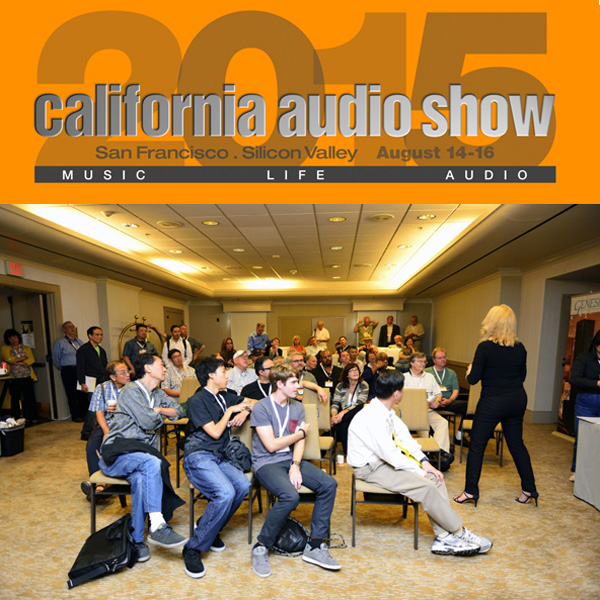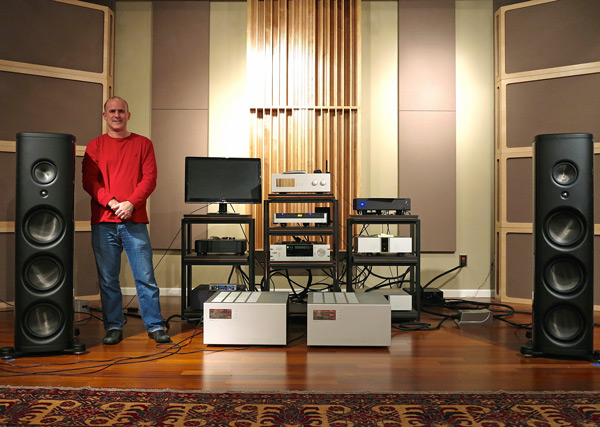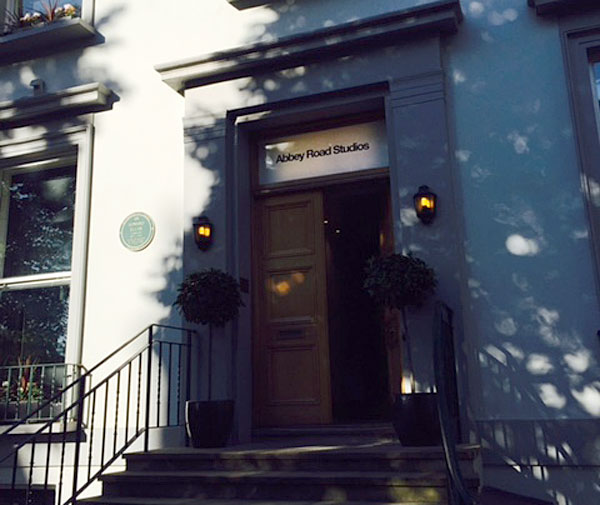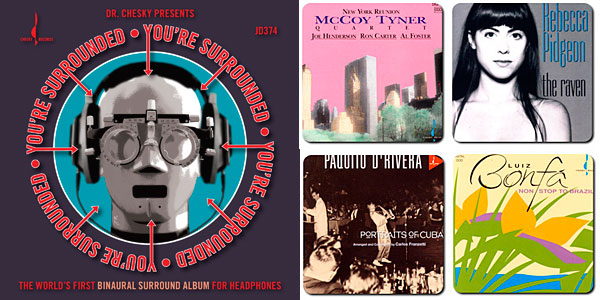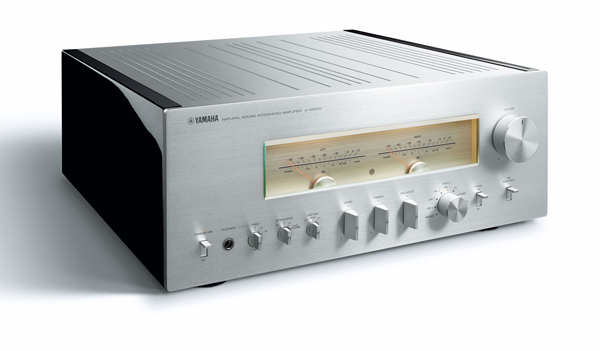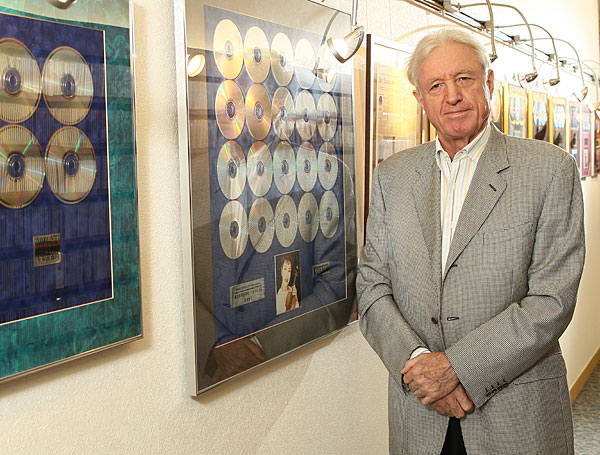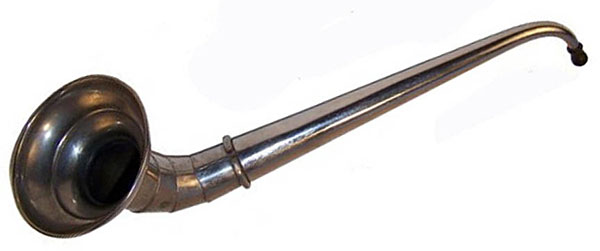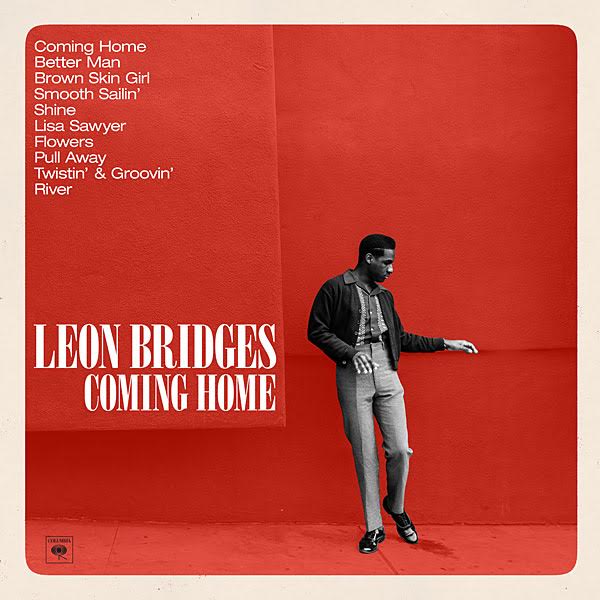LATEST ADDITIONS
A Visit to the Magico Factory
Ever since 2013, when Alon Wolf's California-based Magico loudspeaker company consolidated its original 5000 sq. ft. Berkeley headquarters and 5000 sq. ft. San Jose warehouse into a single 20,000 ft. facility in Hayward, people have been telling me that I had to experience the company's "incredible" listening room. Ironically, it was only after I had relocated from the Bay Area to Port Townsend, WA, that the opportunity arose to take Alon Wolf up on his long-standing invitation to visit.
A Visit To Abbey Road Studios
You're Surrounded & Chesky Records Special Deal For Stereophile Readers
From now until September 7, 2015, readers of this website will get a 25% discount on the new 24-bit high resolution You're Surrounded album and/or anything in Chesky's hi-res catalog on HDTracks.com.
[This offer has expired.]
Gramophone Dreams #5
Fried R/4 loudspeaker
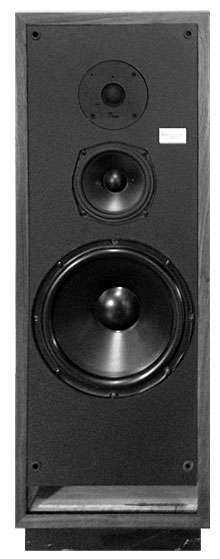 If anyone can be said to be the guru of the transmission line, that would have to be Irving M. "Bud" Fried. He has been promoting the design for years now, first with the made-in-England IMF designs, later with the designs of Fried Products, made right here in the US of A. He has long been convinced of the basic superiority of the design, and still uses it in his top-of-the-line systems. But true transmission lines are invariably big, heavy, hard to build, and, for all of those reasons, expensive. Essentially, they involve a long, convoluted, heavily damped tunnel behind the bass driver which channels the back wave to the outside world. The length and cross-sectional area of the tunnel are of some importance, although the technical basis for the transmission line, as applied to a loudspeaker enclosure, has never been firmly nailed down. Certainly there is no mathematical model for the transmission line as complete as that developed over the past two decades for the sealed or ported box (footnote 1).
If anyone can be said to be the guru of the transmission line, that would have to be Irving M. "Bud" Fried. He has been promoting the design for years now, first with the made-in-England IMF designs, later with the designs of Fried Products, made right here in the US of A. He has long been convinced of the basic superiority of the design, and still uses it in his top-of-the-line systems. But true transmission lines are invariably big, heavy, hard to build, and, for all of those reasons, expensive. Essentially, they involve a long, convoluted, heavily damped tunnel behind the bass driver which channels the back wave to the outside world. The length and cross-sectional area of the tunnel are of some importance, although the technical basis for the transmission line, as applied to a loudspeaker enclosure, has never been firmly nailed down. Certainly there is no mathematical model for the transmission line as complete as that developed over the past two decades for the sealed or ported box (footnote 1).
But Bud Fried has clung to the transmission line, for all of its complexities. In order to bring at least some of its touted advantages to a lower price point, he had to come up with a variation which would work in a smaller enclosure. That variation was the "line tunnel," which, according to Fried, originated in an early-1970s Ferrograph (a British company specializing in tape recorders) monitor which was later adapted by IMF. Basically it consists of a short (compared with a transmission line) duct from the inside to the outside of the heavily damped enclosure. The duct is designed with approximately the same cross-sectional area as the loudspeaker cone.
Dealer Event in Montreal Friday & Saturday
Klaus Heymann: A Naxos World
To refresh: Heymann, a German entrepreneur who began selling cameras and stereos to American GIs in Vietnam, and later become the Hong Kong distributor of Bose and Studer audio gear, launched Naxos, a classical-music label specializing in budget-priced CDs, in 1987 (footnote 1). The label's name is also easy to pronounce in any language. Heymann began to build the Naxos catalognow one of the largest classical labelsby recording young and often unknown artists and orchestras, most from Eastern and Central Europe. Soon, displays of Naxos CDs, all of their covers conforming to a uniform, instantly recognizable design, became to crop up in record stores large and small.

